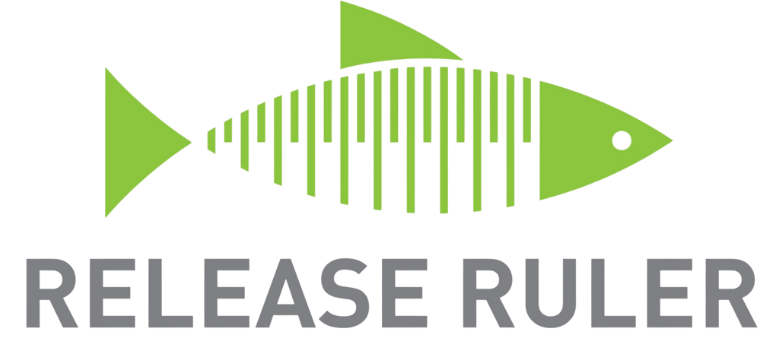NOAA Fisheries announces a final rule for Amendment 41 to the Snapper-Grouper Fishery Management Plan in the South Atlantic. This rule updates mutton snapper catch limits and fishing regulations based on the most recent population assessment.
WHEN RULE WILL TAKE EFFECT:
- Regulations will be effective on February 10, 2018.
WHAT THIS MEANS:
For commercial fishermen, the final rule:
- Revises the commercial catch limit.
- Increases the commercial minimum size limit from 16 to 18 inches total length.
- Establishes a commercial trip limit of 500 pounds whole weight during January through April and July through December.
- Establishes a commercial trip limit, during the April through June spawning season, of five mutton snapper per person per day, or five mutton snapper per person per trip, whichever is more restrictive. The purpose of the trip limit is to protect fish that are aggregating to reproduce.
For recreational fishermen, the final rule:
- Revises the recreational catch limit.
- Increases the recreational minimum size limit from 16 to 18 inches total length.
- Decreases the recreational bag limit within the ten-snapper aggregate bag limit to five mutton snapper per person per day.
- Revises the recreational catch target.
For both sectors, Amendment 41:
- Specifies the maximum sustainable yield (long-term average catch that can be taken from a population under prevailing ecological and environmental conditions).
- Specifies the minimum stock size threshold (level below which a species is overfished [population abundance is too low]).
Please see the Frequently Asked Questions below for more information on these actions.
FORMAL FEDERAL REGISTER NAME/NUMBER: 83 FR 1305, published January 11, 2018
This bulletin serves as a Small Entity Compliance Guide, complying with section 212 of the Small Business Regulatory Enforcement Fairness Act of 1996.
FREQUENTLY ASKED QUESTIONS (FAQs)
Why are the actions necessary?
- A population assessment for mutton snapper conducted in 2015 indicated that the population is not undergoing overfishing (rate of removal is too high) and is not overfished (population abundance is too low). However, the assessment update concluded that the mutton snapper population is smaller than estimated in the original mutton snapper stock assessment, completed in 2008. As a result, the South Atlantic and Gulf of Mexico Fishery Management Councils’ Scientific and Statistical Committees recommended a lower acceptable biological catch (ABC).
- This final rule modifies management measures and catch levels in the South Atlantic consistent with the lower ABC recommendation.
- Furthermore, stakeholders and law enforcement personnel have stated their concerns to the South Atlantic Fishery Management Council about overexploitation of mutton snapper when the species is aggregated to spawn. The Florida Fish and Wildlife Conservation Commission (FWC) has received similar comments. Therefore, the South Atlantic Fishery Management Council coordinated with FWC to develop compatible regulations for mutton snapper on the Atlantic coast in Florida state waters and Federal waters that address stakeholder concerns and benefit the mutton snapper resource.
What are the proposed commercial and recreational catch limits?
Table 1. Commercial and recreational catch limits for 2018-2020 through Amendment 41.
| Year | Commercial Catch Limit
(pounds) |
Recreational Catch Limit
(numbers of fish) |
| 2018 | 104,231 | 121,318 |
| 2019 | 107,981 | 124,766 |
| 2020 | 111,354 | 127,115 |
Why is the catch limit for the recreational sector specified in numbers of fish instead of pounds?
The recreational catch limit is specified in numbers of fish because recreational fishermen report landings in numbers, not by weight. In addition, the average weight per fish is expected to increase due to the minimum size limit increase to 18 inches total length. Therefore, the South Atlantic Fishery Management Council has concluded that the combination of increasing the minimum size limit and converting the catch limit from numbers to pounds for the recreational sector could increase the risk of exceeding the ABC.
Where can I find more information on Amendment 41?
- Contact NOAA Fisheries, Southeast Regional Office
By Mail: Mary Vara
NOAA Fisheries, Southeast Regional Office
Sustainable Fisheries Division
St. Petersburg, Florida 33701-5505
By FAX: (727) 824-5308
By Phone: (727) 824-5305
- Amendment 41 may be found online at the NOAA Fisheries Southeast Regional Office Web site: http://sero.nmfs.noaa.gov/sustainable_fisheries/s_atl/sg/2016/am41/index.html.
- Or at https://www.regulations.gov/docket?D=NOAA-NMFS-2017-0103.
SIGN UP FOR TEXT MESSAGE ALERTS – FIND OUT ABOUT IMMEDIATE OPENINGS AND CLOSURES
NOAA’s Text Message Alert Program allows you to receive important fishery related alerts via text message (SMS). Standard message & data rates may apply. You may opt-out at any time.
Text alerts you may receive include:
- Immediate fishery openings and closures
- Any significant changes to fishing regulations that happen quickly
Sign up for one or more of the following groups:
- Gulf of Mexico Recreational Fisheries Related Alerts
- Text GULFRECFISH to 888777
- Gulf of Mexico Commercial Fisheries Related Alerts
- Text GULFCOMMFISH to 888777
- South Atlantic Recreational Fisheries Related Alerts
- Text SATLRECFISH to 888777
- South Atlantic Commercial Fisheries Related Alerts
- Text SATLCOMMFISH to 888777
- Caribbean Fisheries Related Alerts
- Text CARIBFISH to 888777




